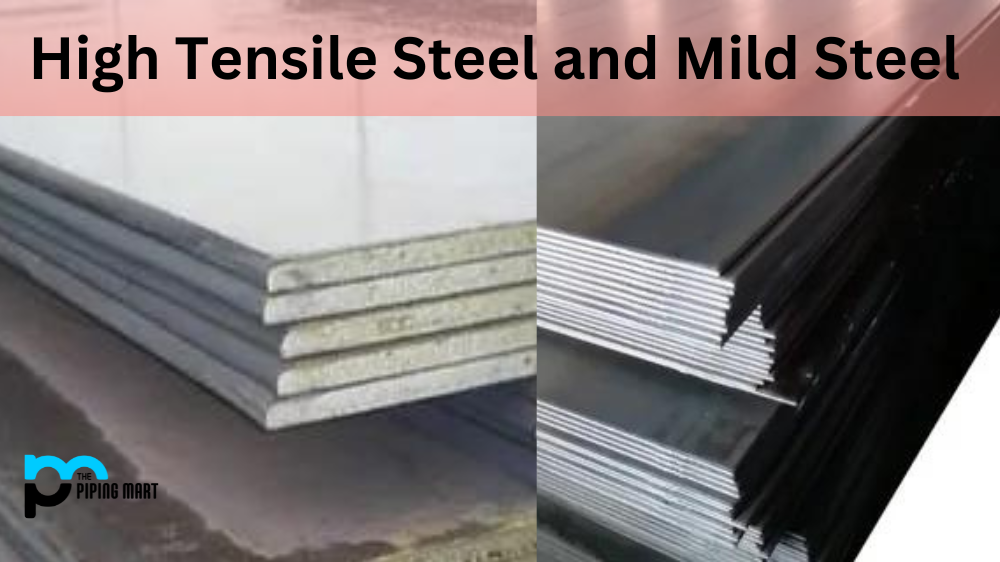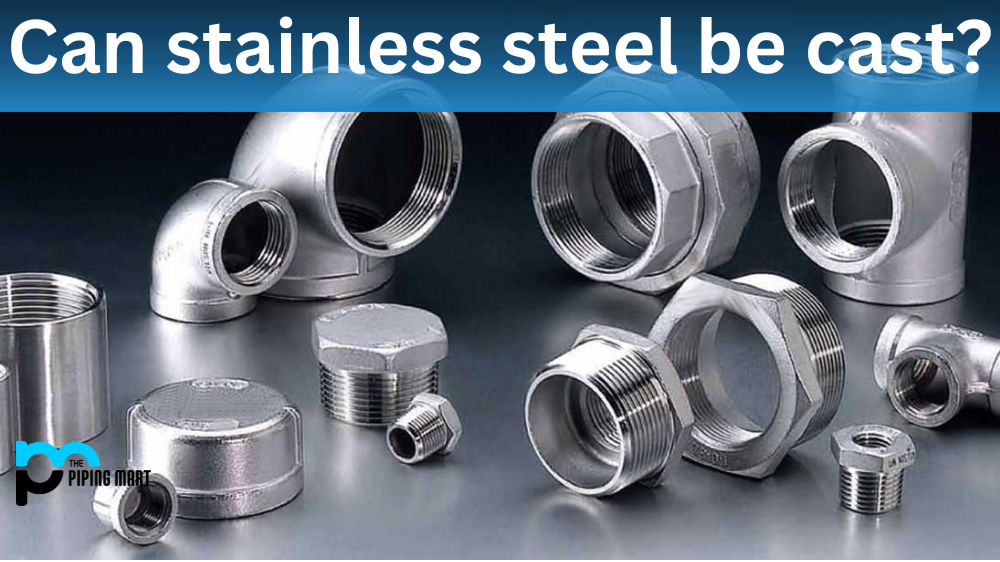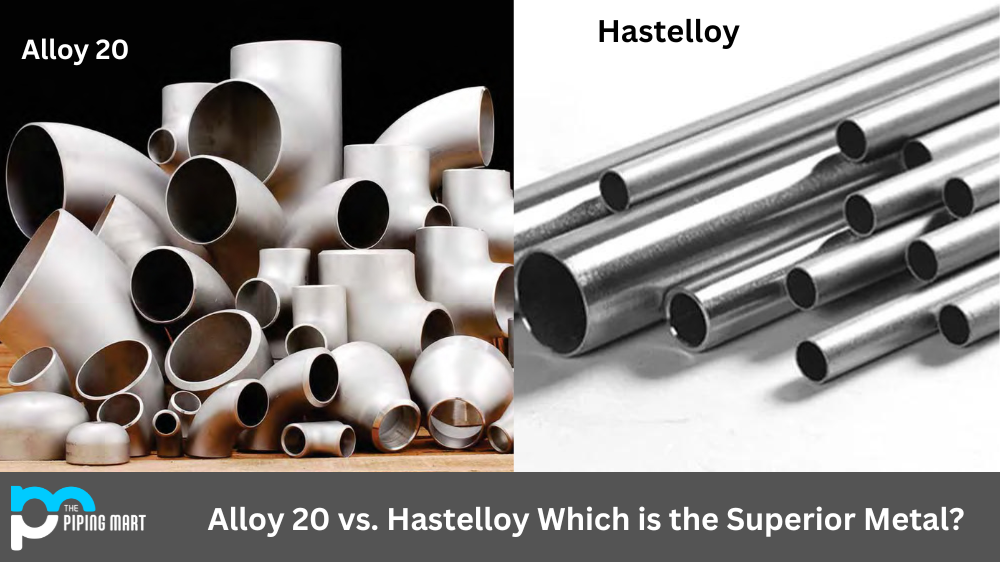Understanding the differences between high-tensile and mild steel is essential for engineers, welders, and metalworkers. While both are solid and durable materials, they have very different qualities that make them suitable or unsuitable for specific applications. In this blog post, we will explore the key differences between high-tensile and mild steel so you can decide which is right for your project.
High Tensile Steel
High-tensile steel is a type of steel alloy that contains a higher percentage of carbon than other types of steel. This higher percentage of carbon gives high-tensile steel its strength and makes it more resistant to wear and tear than different types of steel alloys, including mild steel. It also has a greater resistance to corrosion than mild steel. The result is an incredibly strong yet lightweight material, making it an ideal choice for many applications where weight is an issue.
Mild Steel?
Mild steel is low-carbon steel with very low amounts of carbon (less than 0.25%). As a result, this type of steel has relatively low levels of strength compared to other types like high tensile steel. However, it does have several advantages over different varieties, such as being more malleable in the manufacturing process due to its low-carbon content. This makes mild steel easier to shape into complex shapes without using expensive tools or machinery. Additionally, mild steel typically costs less than high-tensile steel since it does not require as much processing to achieve its desired shape or form.
High Tensile Steel vs Mild Steel
Properties
The most significant difference between high tensile steel and mild steel is their respective strengths. High tensile steel has a higher yield strength than mild steel, meaning it can withstand greater loads without deforming. Additionally, high tensile steel has a higher tensile strength than mild steel, meaning it can resist higher levels of force before breaking.
Uses
Due to their differing properties, high tensile steel and mild steel are used in different applications. High tensile steel is typically used in applications where high levels of strength are required, such as in the construction of bridges or buildings. Mild steel, on the other hand, is often used in the manufacture of pipes and tubing or in the construction of buildings where flexibility is more important than strength.
Cost
High tensile steel is typically more expensive than mild steel due to the additional alloying elements that are present in its composition. However, the cost difference between the two types of steel can vary depending on the specific grades and sizes that are being compared
Conclusion
When deciding which type of material should be used for your project, it’s essential to consider the weight requirements and the cost associated with each option before making a decision. High-tensile steels offer excellent strength while still being lightweight enough for specific applications; however, they are usually more expensive than mild steels due to their higher carbon content. On the other hand, mild steels offer good malleability at an affordable price but lack the same strength as high-tensile steels. Ultimately, understanding these differences will help engineers, welders, and metal workers choose the right material for their projects, whether high-tensile or mild steel.

Pipingmart is B2B portal specializes in industrial, metal and piping products. Also, share latest information and news related to products, materials and different types grades to help business dealing in this industry.




